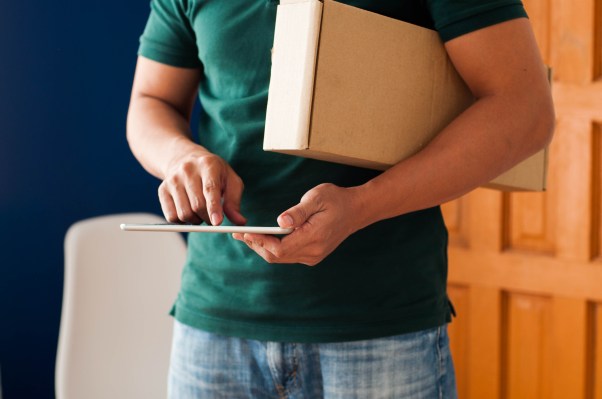Buy now, pay later is making a comeback. However, it will likely be in a different form.
Companies offering this service are expanding the concept into other areas, and one of the biggest companies in this sector, Affirm, is among them.

Vishal Kapoor, head of product at Affirm. Image Credits: Affirm
In its case, Affirm is approaching this with the Affirm Card, a debit card which provides consumers with the flexibility to pay upfront or request to pay over time via the Affirm app. Consumers request the payment plan for eligible purchases before checking out or can link their bank account to pay with the Affirm Card by using the app. Where Affirm differs from BNPL cards issued by competitors, for example Klarna and Apple Pay, is that Affirm underwrites transactions made using its debit card, according to Affirm’s head of product, Vishal Kapoor.
Formerly known as Debit+, the Affirm Card had over 500,000 active consumers as of October, with 3x more transactions per active user versus Affirm overall, according to the company’s most recent quarterly earnings report.
TechCrunch spoke with Kapoor about the idea to put buy now, pay later in a debit card, and how that’s setting Affirm apart from competitors.
The following was edited for clarity and length.
TechCrunch: How did the Affirm Card come about?
Vishal Kapoor: As with all great products, we started seeing a lot of our consumers come to us and ask that very important question: “We saw you at a certain merchant and used the product, and we loved it. It’s amazing, and it has helped us finance these things that we wouldn’t have been able to buy, and this is much better than other alternatives like credit cards because of fees and revolving debt. Where else can we use it?” That’s a really good push because any product is only as good as the participation of both the consumers and the merchant partners.
How did you know if bringing buy now, pay later to a physical card would work?
The short answer is it is working. We are seeing very, very early signs of product market fit with our existing user base coming in. Consumers are getting it shipped to their physical address and then using it in their daily lives. The proof is in the pudding in terms of when we see consumers use it, they’re actually using it more than just buy now, pay later. It has all the power of Affirm, but 42% of all transactions are actually paid-off transactions. So, that is showing once you have something that you love and you trust, you will just use it as your primary way of paying for everything from large, considered purchases to your everyday things.
What were some ways you wanted to differentiate itself and this card from competitors?
The first being we underwrite every single transaction. We have all the safeties and controls for our customers because we don’t charge late fees. We are able to offer that safety that we would not let that transaction go through if we do not believe you’re able to pay it back because our incentive is aligned with the consumer incentive.
Second, we can do real-time underwriting and offer features that a credit card just cannot. With a credit card, you apply once, get a line of credit and continue using it. That’s what it is. The Affirm Card has extra things it can do: You can pay now, you can pay as-you-go or you can plan a purchase. For that last one, you can go to the app, create that pre-purchase and then go in and use that as a paid-later functionality. The beauty is those two modalities don’t just exist in isolation. You can actually go between those. That is the future.
Where are your consumers using Affirm?
Overall Affirm spend — we see healthy consumer spending on travel and ticketing. We have recent partnerships with the likes of Cathay Pacific and Booking.com. We’re solidifying that relationship with both consumers and the merchant partners.
On the card front we’re seeing new and interesting behaviors. Eighty-five percent of commerce happens in an offline, in-store setting, so we’re seeing about 30% of all our cart transactions happen in an offline environment, which is like nine times more than traditional Affirm users.
We are also seeing folks use Affirm to pay for groceries, both pay now, and in some cases, also pay later because of inflation.
What’s in the pipeline Affirm?
We talked about consumer features a lot, and we will continue innovating on the card and making sure consumers find good value in using the product and that Affirm is a trusted partner for their transactions.
We also have a very healthy merchant network where we are innovating to ensure that the merchant partners can easily integrate with AWS solutions, both on point-of-sale and other modalities. Another is how you onboard into the Affirm ecosystem as a merchant and what happens once you do. For example, what kind of analytics you have at your disposal, how the consumers for your particular business are performing and how much have you increased your average order value. One value prop that we provide for the merchants is providing a 360-degree view of their business, how they can convert better and also how to run their business more efficiently.
